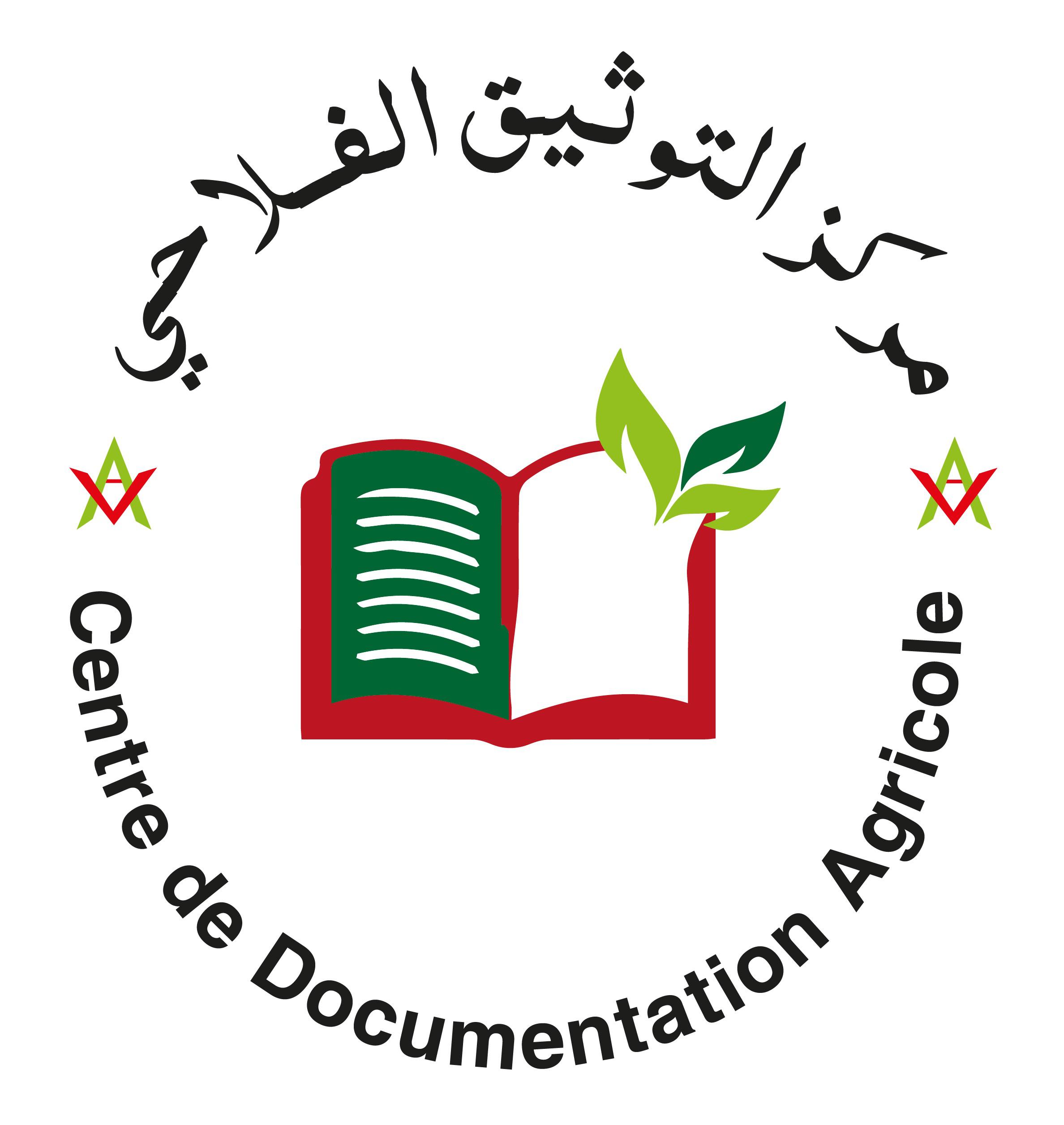| Titre : | Integrating Optical and Radar Satellite Imagery for Cereal and non-Cereal Classification and Phenology Analysis in Fez- Meknes and Marrakech-Safi Regions Using Machine Learning |
| Auteurs : | Bouchlouch Chadia, Auteur ; LAHLOU Mouanis, Auteur |
| Type de document : | texte imprimé |
| Editeur : | Rabat : IAV Hassan II, 2024 |
| Format : | 129 |
| Langues: | Français |
| Mots-clés: | Crop classification ; Multispectral ; Radar ; Machine Learning ; Random Forest ; Phenology Stages ; Vegetation Indexes ; Object Based Classification. |
| Résumé : |
In Morocco, where agriculture plays a key role in both the economy and food security, the diverse and complex agricultural landscapes pose significant challenges to effective crop monitoring, focusing specifically on cereal crops, it's essential to identify their distribution and areas of prevalence among other crops. Traditional survey methods, while useful, are often costly and constrained in their ability to provide timely and comprehensive coverage. To overcome these limitations, this study utilizes a combination of optical and radar satellite imagery, drawing on data from Sentinel-1 (SAR) and Sentinel-2 (MSI), to classify crops and track their growth phases.
A Random Forest model was employed for crop classification, leveraging vegetation indexes such as NDVI, EVI, EVI2, NDWI, GNDVI, RVI, and NDVISAR to assess crop phenology. The results demonstrated variability across regions. The model achieved at best an F1 score of 69% and a ROC AUC of 77% for the Fez-Meknes region, and an F1 score of 83% and a ROC AUC of 82% for the region of Marakesh-safi. Across other provinces, F1 scores ranged from 58% to 94%, reflecting region-specific variability. Feature selection results were showcased to highlight the most contributing features in classification per province and per region. The Greenup and MidGreenup stages were identified as the most critical for distinguishing crop types during early growth phases, due to the sensitivity of optical data. Radar-based indexes, including NDVISAR and DPR, contributed significantly in later growth stages by capturing structural and moisture-related characteristics, providing additional layers of data to the model. This study highlights the potential of combining optical and radar data for crop classification in Morocco, highlighting the importance of the combination of imagery to ground truth data to classify croplands and understand the phenology stages importance in this classification. |
| En ligne : | http://10.2.0.27//cda/ebooks/BOUCHLOUCH_Chadia_2024.pdf |
Exemplaires (1)
| Code-barres | Cote | Support | Localisation | Section | Disponibilité |
|---|---|---|---|---|---|
| 200041333 | 10304 | Support papier | Salle des thèses/PFE (RDC) | Ingénieur Agronome | Consultation sur place Exclu du prêt |



